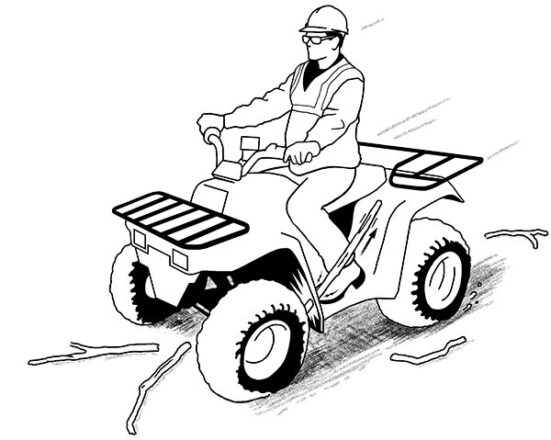A Balanced Industry is a Stable Industry

Sawmills in the Northeast (and almost everywhere else) are enjoying strong markets. I know that markets can and do change quickly, but right now the mills I talk to tell me that they can move all the softwood and hardwood lumber they saw, and that they’re buying lots of wood and making lots of lumber.
That’s great news not only for the mills, but the entire supply chain. Landowners have markets for their highest value product, and loggers can move volume. Truckers are taking extra loads, which always helps their business. That’s all good news and should be celebrated.
When a sawmill buys logs and sells lumber, they also make large volumes of chips, sawdust and bark. And making more lumber means…making more residues. Until recently, that wasn’t an issue in the Northeast; there were enough pulp mills and biomass plants to provide a home for whatever residues the sawmill produced. That has changed, and the change isn’t over.
Since 2014, Maine alone has lost five pulp mills, and millions of tons of market. In the decade before that, New Hampshire and New York saw pulp mills close. Some biomass plants – facing challenging competition from low-priced natural gas and flagging public support – have closed, and others may soon follow.
Of course, that’s bad news for landowners, loggers, foresters, truckers. It’s also bad news – potentially horrible news – for sawmills. They need an outlet for their residuals, and they need it to be consistent, reliable, and able to handle changes in production. Lots of markets taking a range of residues provides that; as the markets shrink, sawmills are rightly concerned. Obviously, this varies by geography and species, but some mills are telling me that they are limiting production or delaying adding a second shift because they aren’t sure where the chips and sawdust will go.

When sawmill can’t move their chips, that hurts the entire supply chain. Landowners, loggers, truckers – and the communities that host mills – all suffer.
As important as it is for landowners, loggers and the rest of the industry to have markets for low-grade wood, it is as important for sawmills to be able to move residuals. Sawlogs represent the lion’s share of revenue generation from timber harvesting, and making certain that this market remains viable is critical to the integrity of the entire forest industry.
One way this can be achieved is by working to support and enhance the industries that exist. When that fails – as it has for some mills in the Northeast – it is time to search out new industries that are the right fit for the geography, volume and species of wood available. The Southeast has seen some of this happen with the growth of industrial wood pellet mills. In the Northeast, we haven’t seen the large pellet mills, but have seen a number of smaller pellet mills making wood fuel for local heating markets. We are also now looking at emerging technologies – biofuels, bioproducts, cellulose-based insulation, new engineered wood products.
For any ecosystem to function well, it needs to be in balance. That is as true of the forest industry ecosystem as it is of a natural ecosystem. When dramatic changes occur, that is an opportunity to think about what is next and look for new opportunities to put the ecosystem back in balance.


